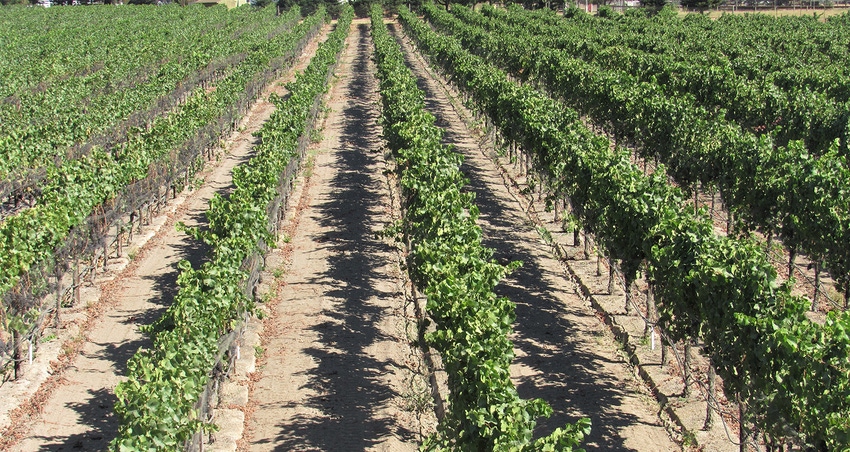
Before we get too deep in the weeds -- or in this case, too deep in the vines -- researchers at Cornell University are reporting a genetic marking discovery of interest to growers and it involves a lot of science.
A team of researchers took on the challenge of transferring genetic markers in plant breeding and are now reporting a technique that will improve genetic transfer rates across grapevine species from 2% to 92%, bringing desirable traits from wild species into cultivated cousins.
“The new marker development strategy is applicable for breeding and genetic studies across different grape breeding programs,” says Bruce Reisch, leader of Cornell’s Grapevine Breeding and Genetics Program.
“Imagine you’re driving down the highway,” he says. “You generally know where you want to go, but you have no road map to get there. You don’t know how far you’re your destination is or what exit to take. In essence, you’re lost.
“Well, genetic markers are like exit signs on the road, they tell us where we are on the chromosome chart, if it’s a gene that controls great flavor or one that deals with disease resistance,” he explains. “If you have a market that tells you what gene is where, you’re not lost anymore. You’ve discovered a way to find your way around those millions and millions of base pairs that make up the DNA codes of everything there is to know about the grape you want to grow.”
With this new genetic market discovery that uses automated DNA sequencing technology, breeders worldwide can screen their collections and find out immediately which vines have the traits they find most desirable -- regardless of what varieties they are, where they came from, or which species their parents were.
Game-changing work
Donnell Brown, president of the National Grape Research Alliance, is quoted in the Cornell Chronicle as saying: “This is game-changing work and it’s only the beginning. From here, we can greatly accelerate the genetic exploration that will help us improve fruit and production qualities and, ultimately, to respond to a changing climate and threats of pests and diseases.”
To that point, Reisch says: “There are all kinds of genes for disease resistance and one thing these markers do is allow us to accumulate multiple genes for resistance. That’s important because if you only have one gene, a pathogen like powdery mildew would have an easier time overcoming just one mechanism or resistance versus a number of resistance mechanisms.”
Calling the improvement in breeding methodology ‘another tool in the toolbox to develop better grapes in the future’, he adds: “The varieties being planted nowadays are so much different from those planted just 10 or 20 years ago. We’re seeing big changes in the varieties of table grapes from both private and public companies, new disease-resistant varieties partly due to climate change, but also environmental concerns and limiting legislation concerning pesticide applications, this represents a whole new chapter in the book of scientific research.”
Topics like disease and weather factors have long been the focus of breeders who can now get to where they are going much faster. Take the issue of powdery mildew fungus.
“We can measure it in commercial vineyards, in real time,” Reisch says. “We send the strains collected for DNA sequencing and in a very short time, the results will tell us that control can be accomplished with a particular fungicide chemistry. Disease control methods can be altered quickly and strains kept in check before they blow up beyond control.”
Fellow researcher Lance Cadle-Davidson, USDA Grape Genetics Research plant pathologist, says the tool is much more powerful than anyone initially realized.
“It opens up new opportunities to make connections where none existed before because we’re now all speaking the same language,” Cadle-Davidson says. “We can now get a good picture of the grape genome on a shoestring budget. Breeders and geneticists developing new varieties will benefit because we’re using DNA markers to develop disease-resistant varieties that will be the future of viticulture.”
For more news on pests, disease management and other issues affecting vineyards, subscribe to the bi-monthly newsletter The Grape Line.
About the Author(s)
You May Also Like




